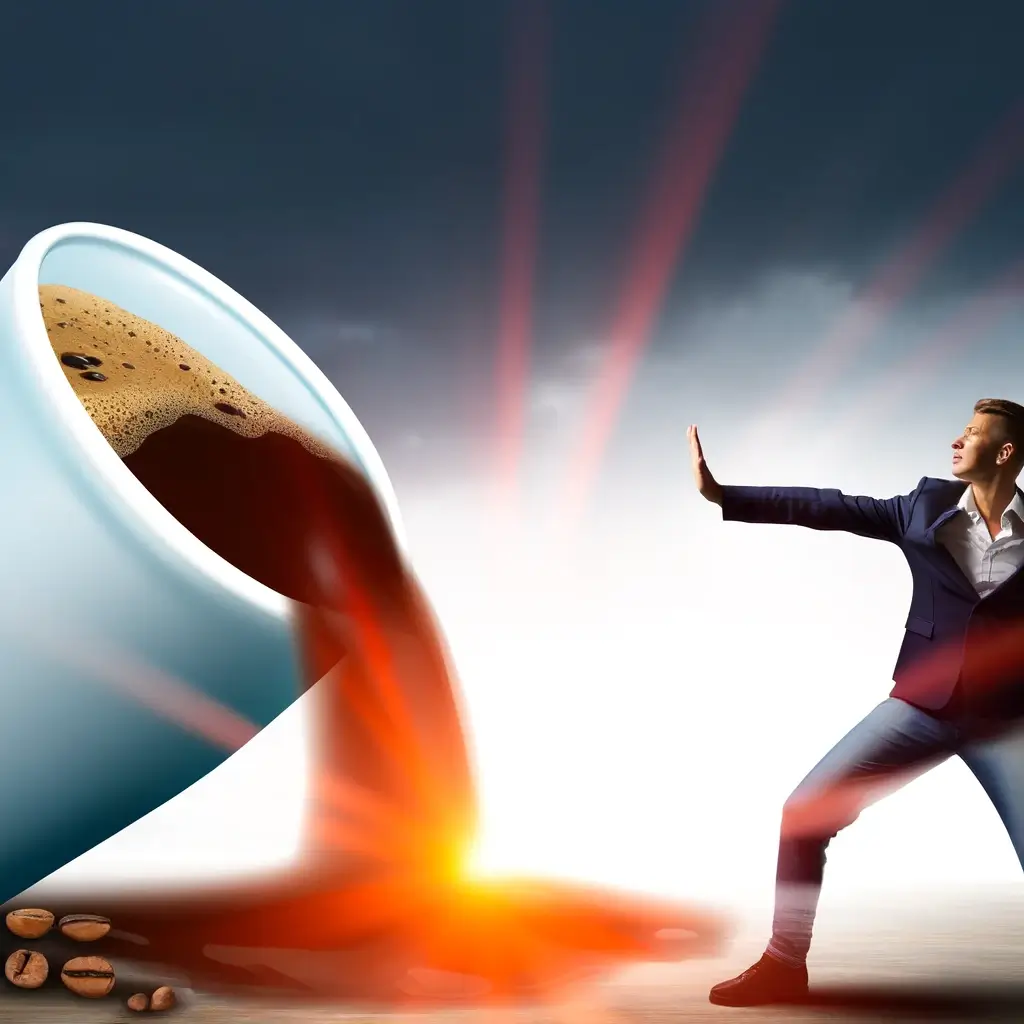“I cut out caffeine… and I’ve actually found that it’s improved my performance and I sleep much better.” Alex Honnold, Professional Rock Climber.
Quitting coffee can be a challenging yet rewarding journey. If you’re ready to say goodbye to your caffeine habit, follow these nine steps for a smoother transition:
- Decide on Your Approach: Determine whether you want to taper down gradually or quit cold turkey. Gradual reduction can help ease withdrawal symptoms, while going cold turkey is a faster, albeit potentially more challenging, method.
- Set a Quit Date: Choose a weekend or a less busy period to start your coffee-free journey. This can help you manage withdrawal symptoms more comfortably.
- Find a Replacement: Replace your coffee habit with a healthier alternative, such as chamomile tea. It’s calming and you can drink as much as you want without the caffeine jitters.
- Stay Hydrated: Increase your water intake to help flush out toxins and keep your body hydrated.
- Eat Well: Focus on a balanced diet with plenty of fruits, vegetables, and whole grains. Filling foods can help curb cravings and provide the energy you might miss from caffeine.
- Exercise Regularly: Engage in physical activities to boost your mood and energy levels. Exercise can also help alleviate some withdrawal symptoms.
- Meditate and Relax: Practice meditation or deep breathing exercises to reduce stress and anxiety, which can intensify during caffeine withdrawal.
- Journal Your Experience: Keep a journal to document your journey, including your challenges and successes. Reflecting on your progress can be motivating.
- Socialize and Keep Busy: Spend time with friends and family to distract yourself from cravings. Engaging in social activities can also provide emotional support during this transition.
What to Expect During Withdrawal
Be prepared for some withdrawal symptoms, which can include headaches, fatigue, irritability, and difficulty concentrating. These are normal and temporary. Remember to be patient with yourself and allow your body to adjust to the absence of caffeine.
James Hamblin, MD, Author and Lecturer at Yale School of Public Health: “The freedom from constantly modulating my caffeine intake is liberating. Without spikes and crashes throughout the day, I feel a steady sense of natural energy.”
Michael Pollan, Author: “After three days [without caffeine], I felt great. I was sleeping better, I had more steady energy, I didn’t have the afternoon crash.”
Chris Martin, Lead Singer of Coldplay: “I didn’t drink anything with caffeine for two years, and it was the most wonderful time.”
Joan Collins, Actress: “I used to drink four or five cups a day. But I stopped when I found out it’s not that great for you.”
Alex Honnold, Professional Rock Climber: “I cut out caffeine… and I’ve actually found that it’s improved my performance and I sleep much better.”
Embrace the Benefits
As you progress through your coffee-free journey, you’ll likely notice improvements in your sleep quality, reduced anxiety, and a more stable energy level throughout the day. Enjoy these positive changes as you embrace a healthier lifestyle!
We’d love to hear about your experience! Feel free to share your thoughts and progress in the comments below.
This is a great book to learn more about coffee
